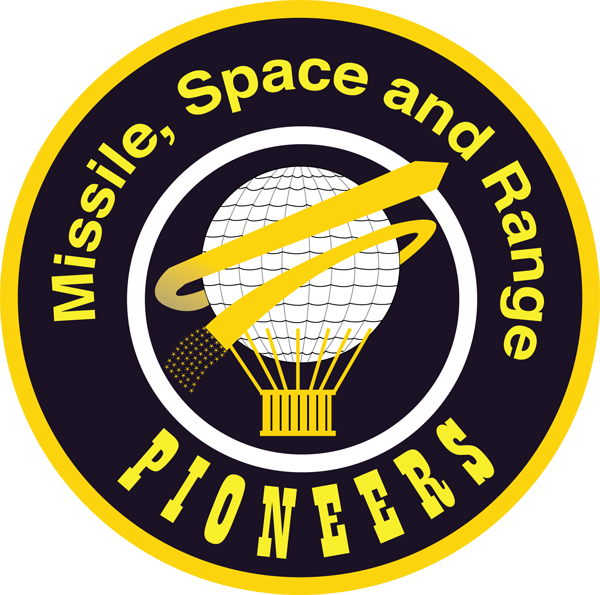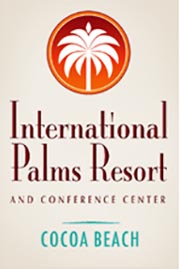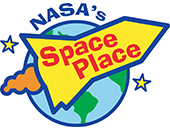
   
 |
|
Did you miss NARCON 2014? Now you can see some of what 200 of your fellow spacemodelers saw in Cocoa Beach. Presented on this page are links to You Tube videos for the 24 Technical Sessions from March 1 that we had video captured. Click here for a PDF of available presenter bios. Technical Session 1 Click here for a PDF of available charts from this session. Technical Session 2 Every two years the NAR sponsors a Junior and a Senior team, totaling about 30 members, who travel to Europe for a week to compete against teams of the best competition model rocketeers from over 20 other nations in the World Spacemodeling Championships (WSMC). This international competition, sponsored by the Federation Aeronatutique Internationale (FAI), is run by very different rules and requires totally different rocket designs compared to what we fly in the US. The levels of craftsmanship and competition are very high and the ceremonies and prestige of the event are very similar to the Olympics. This session will cover the experience of competing as a national team in the WSMC, and the technology and designs of the models that are competitive under FAI rules. Click here for a PDF of available charts from this session. Technical Session 3 Technical Session 4
Technical Session 5
Technical Session 6 Click here for a PDF of available charts from this session. Click here for a PDF of available charts from this session.
Technical Session 7 Paying forward is all about making a difference in the lives of those we have an opportunity to meet. The magical appeal of rocketry provides us with many ways to engage new friends...from the techniques of building a small single stage low power rocket to the wonder of launching a multi-stage dual-deploy high power masterpiece, we can share the benefits and camaraderie of our sport with others. Dr. Roy F. Houchin II joined the faculty of the Air War College in 2006 following his retirement from active duty with the Air Force. He has taught previously at the School of Advanced Airpower Studies, Air Command and Staff College and in the Department of History at the US Air Force Academy. While on active duty, Dr. Houchin served as Director of Operations and Chief, Combat Operations, 607th Combat Operations Squadron, Osan, South Korea. He also held various air battle management assignments in the Tactical Air Command, Air Force Space Command, Air Combat Command and HQ USAF. He is the author of US Hypersonic Research and Development: The Rise and Fall of Dyna-Soar, 1944-1963, Taylor and Francis Publishing, 2006, several chapters in edited works and numerous articles in professional journals. He is an Associate Editor of Quest: The History of Spaceflight Quarterly. Dr. Houchin holds a B.A. and M.A. from Western Kentucky University, and a Ph.D. from Auburn University. His areas of interest and expertise are history of technology and military history (particularly space and World War I), as well as airpower history, theory and doctrine. Click here for a PDF of available charts from this session. Technical Session 8
Technical Session 9 Click here for a PDF of available charts from this session. Technical Session 10 Technical Session 11 The “Growing up with Spaceflight” presentation will involve the fun and sometimes humorous aspects of those of us who were space-buffs, yet relegated to watching the program from the outside. No doubt most of us can relate to those days of fuzzy black and white TV images from the Cape, captured from out of the airwaves by tinfoil-wrapped rabbit ear antennas and presented on one of the three networks. Between missions we rode our bicycles to the local hobby store and spent the money that we earned mowing lawns on bagged rockets kits and hands full of B6-4 engines. With one hand holding the kits to the handlebars and a pocket full of engines we rode back home and proceeded to build our own space program. We launched missions that Cronkite, McGee and Bergman would never cover. Of course those massive engineering efforts normally ended up on a power line or eaten by a neighbor’s tree, but that was a key component of growing up with spaceflight. With author Wes Oleszewski of Dr. Zooch Rockets. Click here for a PDF of available charts from this session. Technical Session 12 Click here for a PDF of available charts from this session. Click here for a PDF of available charts from this session. Click here for a PDF of available charts from this session. Click here for a PDF of available charts from this session. Technical Session 13 Click here for a PDF of available charts from this session. AND Trey Pietras, a senior in aerospace engineering at Embry-Riddle Aeronautical University, will explain Project Icarus, an ERAU student-built rocket set to travel to one hundred kilometers. Click here for a PDF of available charts from this session. Technical Session 14 Click here for a PDF of available charts from this session. Technical Session 15 Click here for a PDF of available charts from this session. Technical Session 16 Technical Session 17 Technical Session 18 Click here for a PDF of available charts from this session. Technical Session 19 Click here for a PDF of available charts from this session. Technical Session 20 Click here for a PDF of available charts from this session. Technical Session 21 Click here for a PDF of available charts from this session. Technical Session 22 Click here for a PDF of available charts from this session. Technical Session 23 Click here for a PDF of available charts from this session. Technical Session 24 Click here for a PDF of available charts from this session.
|
|
Copyright © 2014 MILA Solutions, LLC.
All rights reserved.